5.Glacier National Park
While Yellowstone, Grand Canyon and Yosemite might get more attention than other national parks, Glacier National Park in Montana may take the cake as the most breathtaking. There is no shortage of amazing views along the 730 miles (1,174 kilometers) of hiking trails throughout the park. The park is known for its tall mountain peaks, isolated alpine lakes, abundant wildlife and, of course, the glaciers. It does indeed get its name from the huge glaciers that helped to shape the park's signature rock formations 10,000 years ago. In 1850, the park had 150 glaciers, but sadly only 26 now remain because of the effects of climate change on this high-altitude treasure. Don't forget to take the snow line into account. You'll have to wait until mid-June for a snow-free hike in the lower elevations, and as long as late July for the higher elevations.
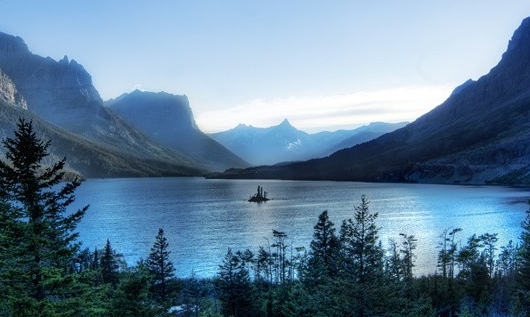
4.Underwater at the Galapagos Islands
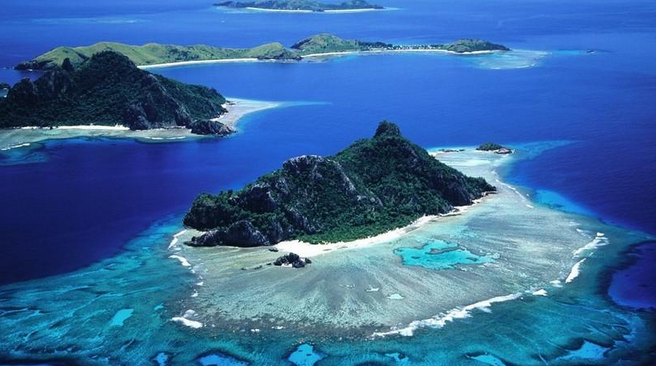
Naturalist Charles Darwin may not have known what he was getting into when he first explored the Galapagos Islands as part of a five-year journey to chart the area for the Royal Navy. He and his cohorts discovered hundreds of new species and collected thousands of samples from the plants and animals that live there. Almost 200 years later, the wonder of the life that lives above and below the sea at this archipelago remains as breathtaking as ever. Despite the inevitable tourism trade that's grown over the years, the islands are fiercely protected and divers can still rub elbows with sea creatures that haven't learned to be afraid of humans. There are more than 300 species of fish, 650 shells and mollusks, 120 crabs and 200 starfish and urchins alone. Add to that the giant sea tortoise, marine iguana, penguins, sea otters, dolphins and sharks, and it's clear why diving in the protected waters of the Galapagos Islands is on the list of most SCUBA enthusiasts.
3.Earth from Space
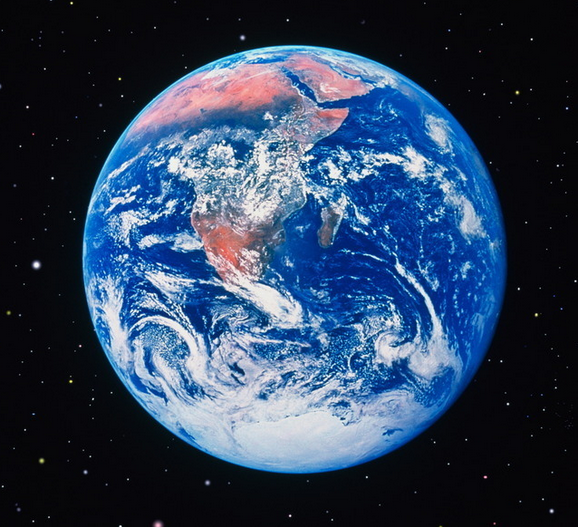
Unfortunately not many people will be able to see this one firsthand, but even high resolution images of the Earth from outer space can be pretty breathtaking. Satellite photos are appreciated for their aesthetic value now. The first photograph of Earth from outer space is a grainy black-and-white taken by a 35 millimeter movie camera in 1947. Even this captivated researchers, but the rocket that flew the camera into space was unmanned. When Soviet Cosmonaut Yuri Gagarin became the first man to fly into outer space 14 years later, his post flight description was this: "There was a good view of the Earth which had a very distinct and pretty blue halo. It had a smooth transition from pale blue, blue, dark blue, violet and absolutely black. It was a magnificent picture". Since that flight space exploration has never been the same. It's doubtful that anyone who has ever witnessed the Earthrise was any less awe-struck as Gagarin was. Perhaps with continued colonization efforts and space tourism, more people can witness this sight firsthand.
2.The Sistine Chapel Ceiling
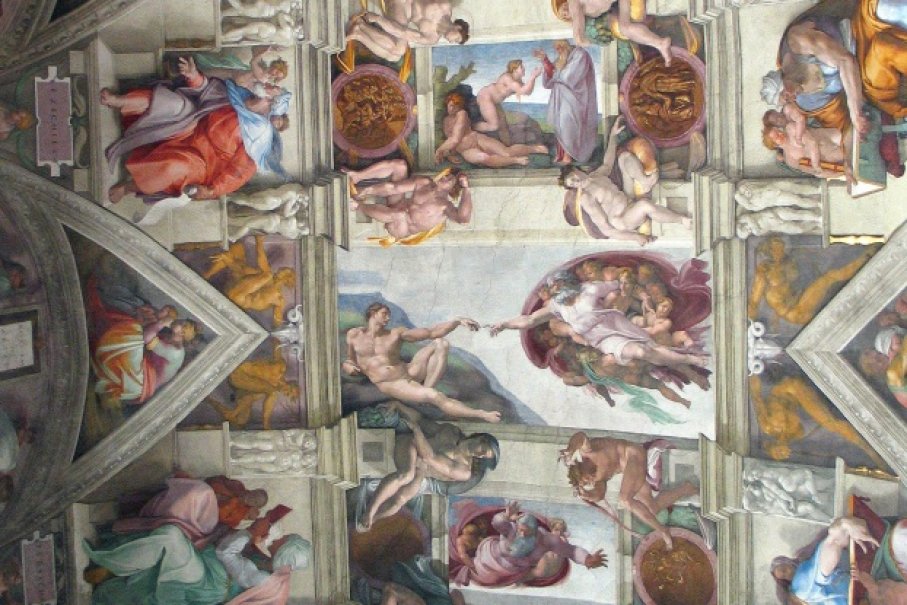
Since art is completely subjective, it's impossible to find a single work of art that everyone would agree is breathtaking, but you probably won't hear too many arguments against the ceiling of the Sistine Chapel in Rome. Michelangelo, the original Renaissance man, is regarded more often as a great sculptor even though his most famous work is arguably the vast fresco painting. Fresco is a challenging technique in which the artist paints on wet plaster, forming a bond causing the paint to actually become part of the surface. The Italian painter, sculptor and poet (among other things) spent four years painting more than 400 figures above his head while standing, contrary to legend that he worked on his back. One great aspect of the ceiling is that you can stand just about anywhere underneath it and view a single, distinct work of art. Upon completion of the arduous work, the great artist said, "After four tortured years, more than 400 over life-size figures, I felt as old and as weary as Jeremiah. I was only 37, yet friends did not recognize the old man I had become".
1.Northern Lights
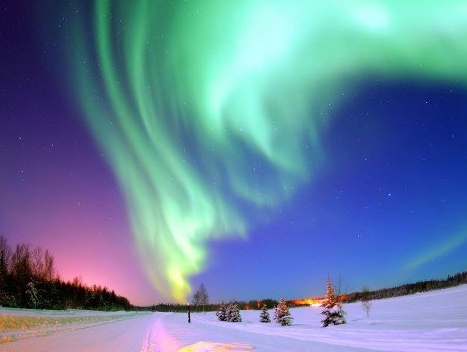
An aurora is a bright glow that occurs in the night sky when energetic particles, mostly electrons, enter the Earth's upper atmosphere from the magnetosphere. When they break through, they collide with atoms and molecules, which take some of the energy and store it, creating what's known as an excited atom. The only way to calm this atom down is for it to rid itself of the energy by firing off a photon. This makes the glow we see here on Earth. There are all kinds of auroras, but the most well-known are the aurora borealis, or Northern Lights. These are the multi-colored lights in the Northern Hemisphere's polar region. Green, white, purple and red glowing "curtains" blanket the dark, clear skies of the North Pole about 1,500 times a year during what's called a substorm. This is when the sun releases hot plasma gas as energy into the magnetosphere. This gas breaks up and penetrates the Earth's atmosphere and curious humans below marvel at the breathtaking result. For your best chance at witnessing the Northern Lights, trvael north during the winter in Canada, Alaska or Scandinavia and then keep and eye on the skies.
审校:梅子九 编辑:旭旭 来源:前十网











